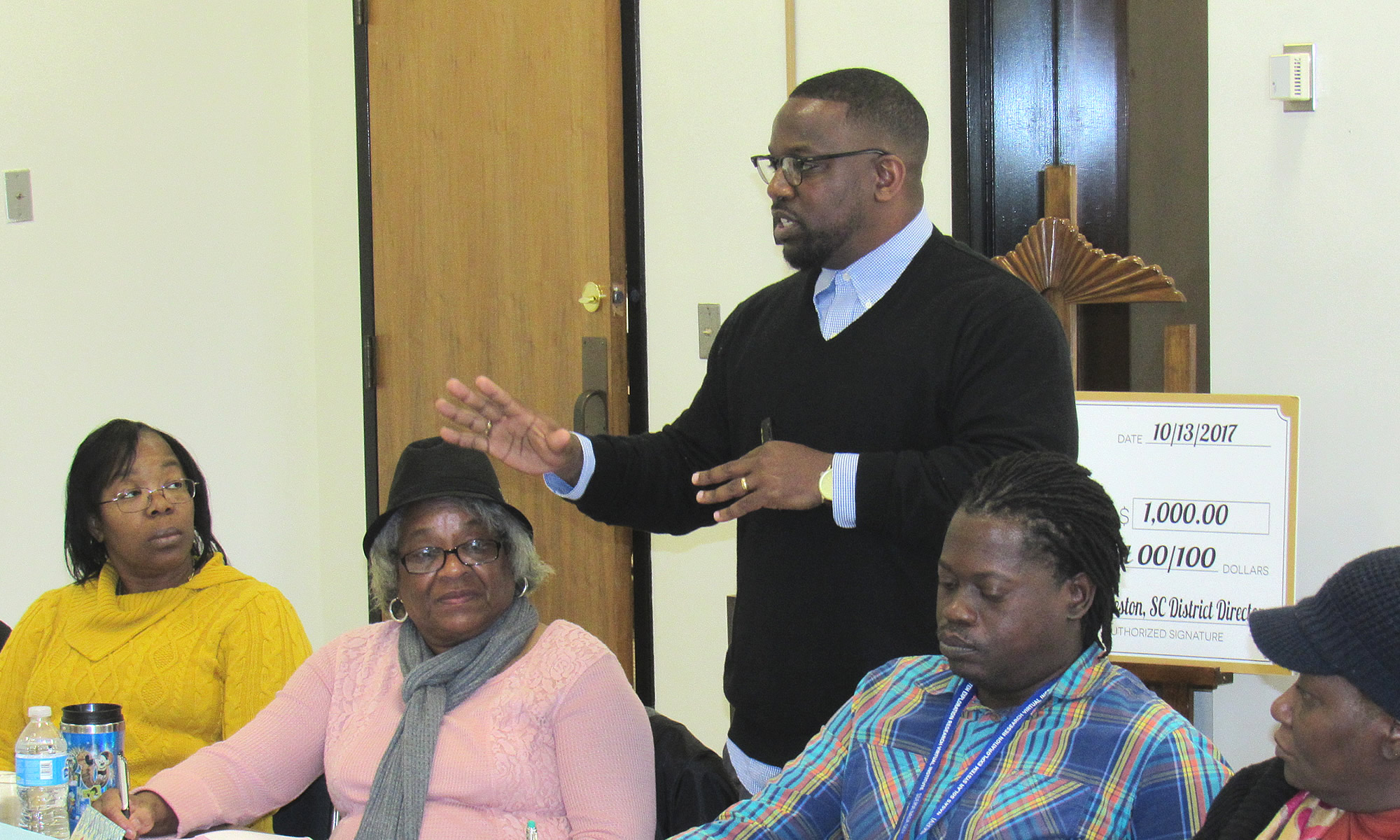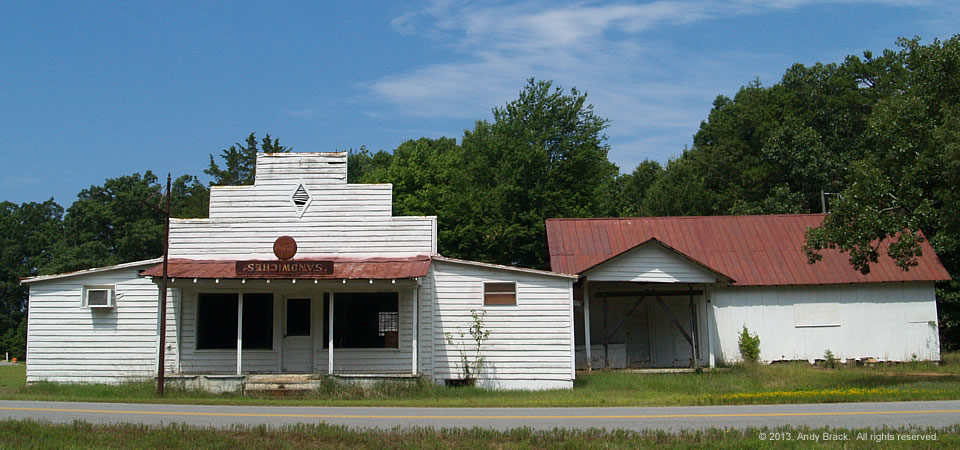MARCH 22, 2016 | Virginia community economic developer Conaway B. Haskins III has joined the board of directors of the Center for a Better South, a nonpartisan Southern think tank based in Charleston, S.C. The Center focuses on developing pragmatic ideas, strategies and tactics to help to reduce poverty, increase economic opportunities and work with thinking leaders who want to make a difference in the American South.

“The Center for a Better South is committed to developing and sharing thoughtful, impactful policy ideas with thinking leaders across our region that will make a difference,” said Haskins, pictured at right. “Its recent work with the Promise Zone in South Carolina highlights how organizing people behind a strategy to reduce poverty has the potential for real change in a rural part of the state. Continue reading “Haskins joins Better South’s board of directors”












